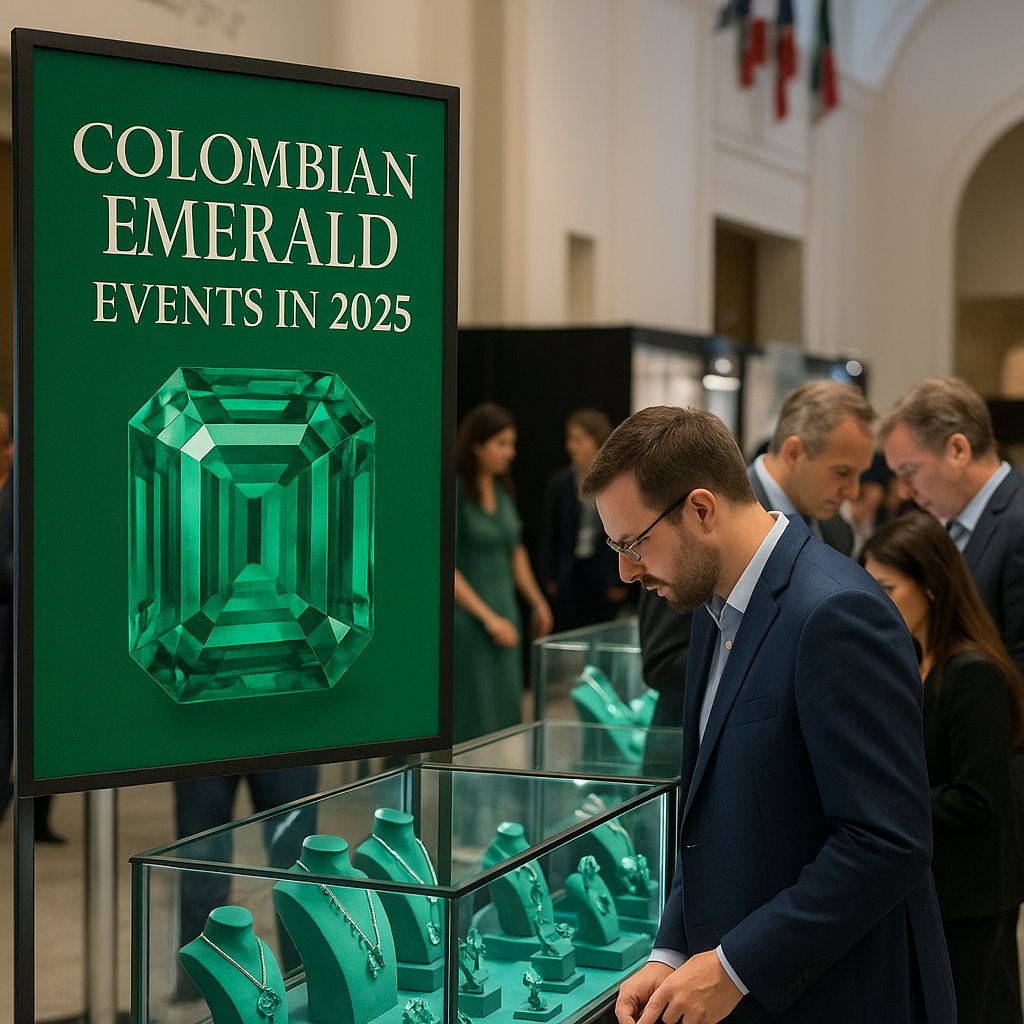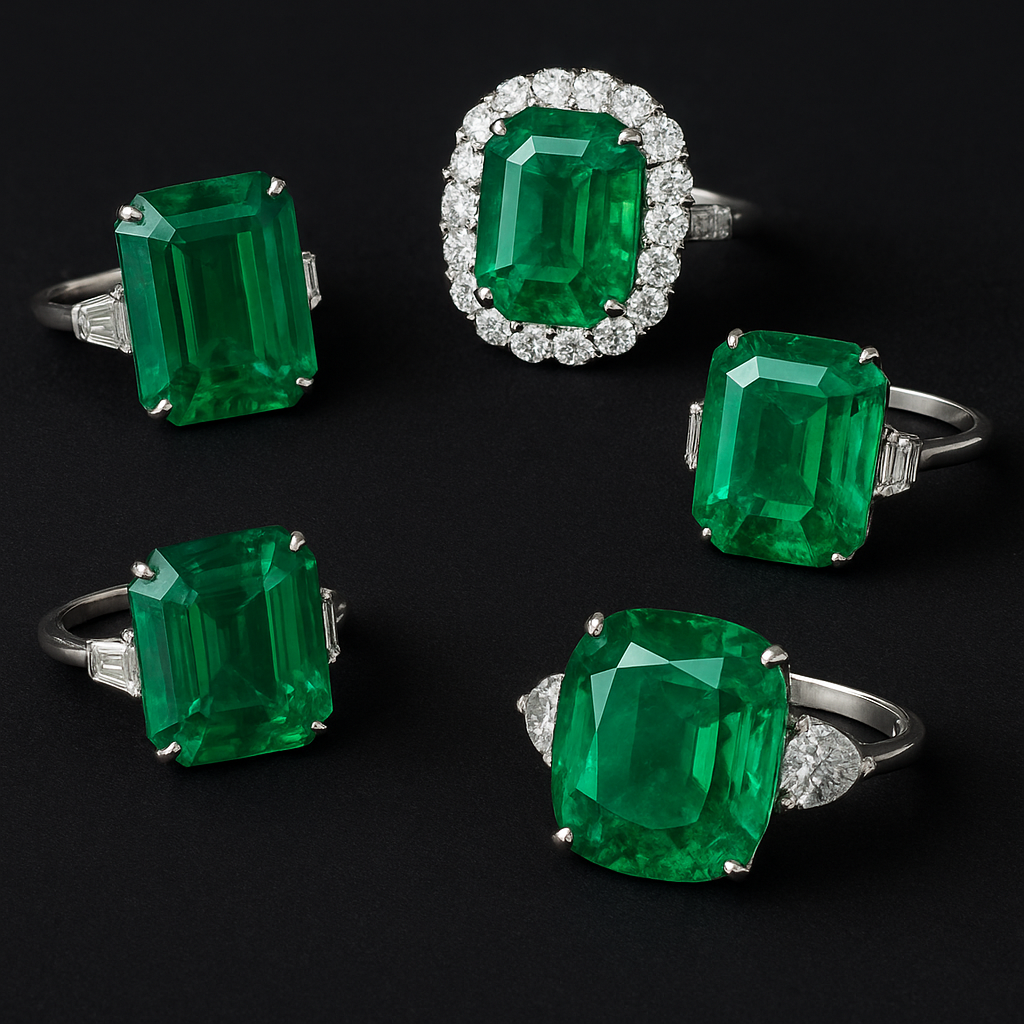History of Trade from the Pre-Columbian Era to the Colonial Period
Trade has been one of the most important activities in human history, and in Colombia, it has deep roots that go back to pre-Columbian times with emeralds.
In this article, you’ll discover how trade developed during those times, how the exchange of Colombian emeralds began, and how it has evolved up to the present day. Keep reading to explore a story of tradition, cultural richness, and precious stones.
How the Trade of Colombian Emeralds Began
Emeralds, considered a natural treasure, were already valued long before the arrival of the Spaniards. The Muisca people and other pre-Columbian communities extracted these gems in regions such as Muzo and Chivor. More than just stones, emeralds carried spiritual value, were used in rituals, and were exchanged as symbols of power and status.
When the conquerors arrived in the 16th century, they were amazed by the beauty and rarity of emeralds. Very quickly, these gems began their journey to Europe, where they became one of the most coveted gemstones in royal courts.
Timeline of Trade: From the Pre-Columbian Era to the Colonial Period
-
Pre-Columbian Era (before the 15th century):
Trade was based on bartering. Indigenous peoples exchanged salt, textiles, pottery, food, and precious stones such as emeralds. Money as we know it today did not exist; the value lay in the usefulness and symbolism of the goods. -
Arrival of the Spaniards (16th century):
With the Spanish conquest, gold and silver were introduced as means of payment, and the economy began to shift toward resource extraction. The emerald trade took a central role, as these gems were shipped to Spain and from there to the rest of Europe. -
Early Colonial Period (16th – 17th centuries):
The trade system was controlled by the Spanish Crown. Minerals and precious stones were shipped in fleets to Seville. Indigenous peoples worked in the mines under the encomienda system, and local trade was organized in fairs and marketplaces. -
Colonial Period:
Local markets and the use of coins minted in the Americas expanded. Emeralds remained a luxury product, but the exchange of agricultural and manufactured goods also increased.
The Emerald Trade Today
Today, the trade of Colombian emeralds is much more regulated and organized. These gems are certified to guarantee their authenticity and quality, which builds trust among international buyers. Colombia continues to be the world leader in producing high-quality emeralds, with cities like Bogotá serving as key trading centers.
Moreover, today’s market combines tradition with innovation, allowing emeralds to reach every corner of the world. Buyers seek not only a jewel but also an investment that carries the exclusivity and prestige of Colombian emeralds.
Emerald By Love: The Best in Emerald Trade
At Emerald By Love, we understand that purchasing an emerald is much more than acquiring a gem—it is an investment in history, tradition, and value. That is why we offer the finest Colombian emeralds at fair prices, with certificates of authenticity and secure worldwide shipping.
If you are looking for the best in emerald trade, trust us: transparency, quality, and passion for emeralds make us your best ally.
Paula A. Bonilla
Social Communicator and Journalist from Universidad Sergio Arboleda in Colombia. Passionate about constantly learning about precious gemstones and fine national jewelry. She currently works for one of the most important jewelry houses in Bogotá, Emerald By Love. This jewelry brand has more than 40 years of experience in emeralds and has two physical stores in Colombia’s capital, located in the city center.


